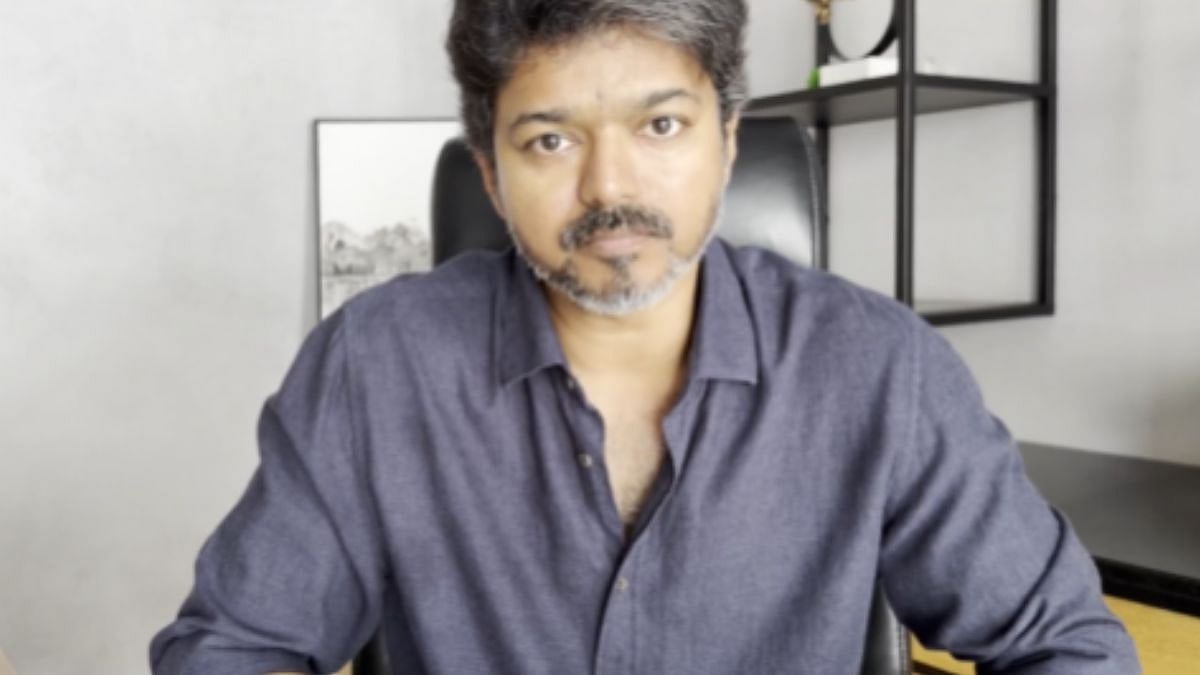Heart diseases lead to the most amount of suffering and deaths in India right now followed by diabetes and cancer. What’s going wrong when we have hospitals, doctors, pharmaceuticals, medications, vitamins, Ayurveda, gyms, and nutritionists? Why are we getting sicker? Why do we see heart attacks in young people at the age of 24 and 25?
Cardiovascular conditions do not develop overnight. While heart attacks and strokes might seem sudden, there always has to be a health history and reason which goes unnoticed, because of the nature of the disease. They work silently and hence are called silent killers.
Diabetes and Hypertension - A double whammy
Diabetes and hypertension are the top most risk factors for heart diseases. This fact is not to scare but to motivate you to work towards prevention and understand its correlation.
What makes diabetes a concerning disease, especially if it's poorly managed isn't high blood sugar levels alone, but the damage it creates in the body due to inflammation. So many of our patients who come to us with a heart condition, also have underlying diabetes and high blood pressure. It is this cocktail of these conditions that cause Metabolic Syndrome, meaning the metabolic markers (blood pressure, sugar levels, good cholesterol, bad cholesterol, triglycerides, waist-to-hip ratio) of an individual are off track.

Pic: Freepik
Chronic diabetes and high blood pressure can affect every part of our body, including kidneys, eyes, nerves, and heart health. This is precisely why while we may choose to have diabetic and hypertensive medications, it is so important to ask yourself - what caused diabetes or hypertension in the first place? What was your root cause? Your medications, although important, are only making your sugar levels and blood pressure readings look good on blood reports. The truth however is, that you still have diabetes and high blood pressure, and it affects every organ of your body, bit by bit.
Chronic Inflammation and Heart Diseases
The number one cause of most cardiac arrests today is chronic inflammation. And what is diabetes? An inflammatory condition. Chronic inflammation causes the destruction of delicate linings in your arteries. This inflammation in the endothelial cells that line up the walls of the arteries builds up pressure, narrows and hardens the arteries, and restricts blood supply to the brain and other organs. So, now the person develops high blood pressure, along with an already existing diabetes. High blood pressure if left unmanaged could lead to stroke, paralysis, or cardiac arrest.
What can you start doing from today?
Before you think that the answer is just popping pills, we want to tell you this. In our line of work, we have successfully consulted and helped people reverse most cases of High Blood Pressure and Type 2 Diabetes with lifestyle. Does this mean we encourage you to jump off your medication? Certainly NOT.
Lifestyle is not alternative medicine. It cannot and will not replace what your doctor prescribes. It is all about using your medication as your crutch so that your Diabetes and Blood Pressure are controlled and don’t create further damage. But if you don’t want to be on a pill for a lifetime, you need to address the root cause of your problem and make lifestyle changes over and above them. As you start making these changes, your systolic and diastolic, fasting, and postprandial readings too begin to get better, and your doctor reduces your medication and eventually weans you off them safely.

Pic: Freepik
Yes, a tiny percentage of people with Diabetes and High Blood Pressure may require medications for longer due to their genetic predisposition or underlying problems that may have escalated. For instance, a combination of high blood pressure with diabetes, high triglycerides, and chronic kidney disease will need medication to protect the health of your kidney, blood vessels, and heart. But even then, making the right lifestyle changes can help you at least prevent it from getting worse.
Here are the top 6 lifestyle changes one should start making
1.Post meal walks
Movement in any form that suits you is great. A lifestyle change everyone with diabetes and/or hypertension should adopt is a 5-10 minute walk/stroll post meals. A post-meal activity has been scientifically proven to promote insulin sensitivity and gain better control over sugar spikes post-meal. If you cannot take a walk, try to get in some physical activity (a couple of squats or jumping jacks) at least within an hour post-meal.
2.Reduce the excess fat percentage
Every ounce of weight (body fat) you lose, positively affects not just your blood sugar and pressure levels, but your heart too. Reflect on what led to your weight gain. Was it - wrong eating habits, overeating, undereating, sedentary lifestyle, overexercising, lack of sleep, or staying stuck in chronic stress and negative emotions? We all know our perfect truths. Accept and work towards the root cause with discipline and consistency.
A special mention of bodyweight/strength training exercises. Simple strength training, consistently done, helps build lean muscle mass. It doesn't have to involve signing up for a gym membership. One could use their body weight like squats, lunges, pushups, pullups, planks, and so on. Muscles are metabolically active tissue and building them whether you are a man or a woman helps boost metabolism, improve glucose uptake post meals, support heart health, and a lot more.
3.Follow the lifestyle flow
You may not always have control over what you eat, especially if it's an outside meal, but you have control over the sequence in which you eat. It is called the Lifestyle Flow and it teaches you the right way to plan your carbs, protein, fats, and veggies while eating your meals.
The lifestyle flow is not new. It was always a part of all nutrition college curriculums but is long forgotten. However, the fundamentals never change.
Whether it’s Diabetes, Prediabetes, weight, or metabolism that you are trying to improve, the following sequence is scientifically known to work well.
● Start your meal with raw salad
● Then, eat cooked vegetables or vegetable soup
● Next, eat protein and fats (lentils/chicken/fish/eggs/legumes/soy)
● Finally, eat carbohydrates (grain/starch/cereal)
This way, you not only end up eating smaller portions of carbohydrates but also gain better control over blood glucose rise.
4.Early dinners
Our bodies are not designed to digest late-night meals. We might still eat them out of convenience and excuses, but physiologically it doesn't suit our bodies. All of us operate according to the circadian rhythm, and our metabolism slows down as the sun sets. So if you ever felt heavy and full in the morning after a late meal the previous night, know that because your body is still digesting food. Eating with or close to sunset is one of the best strategies to balance sugar levels, metabolism, weight, and digestive health.
5.Breathe, deeply and mindfully
We cannot heal in a state of stress and alert which is our Sympathetic Nervous System mode. For our body’s intelligence to kick in, it needs to be in rest and relaxation or Parasympathetic Nervous System mode. This is how our body functions. It is thus important to create that relaxation for us because our healing depends on it. This isn't about being positive and happy all the time. That is impossible. There will be negative and sad times for all of us, and we must never feel entitled to good days only. The key is to learn how to handle those stressful moments, people, or situations. This is where acceptance, letting go, forgiveness, gratitude, affirmations, and visualizations become important.

“Happiness isn't about the absence of problems, but the ability to deal with them.” This quote by Steve Maraboli sums it all up.
One of the quickest ways to switch from SNS to PNS is your breath. When a patient comes to us with a high systolic and diastolic, we make them spend 10 minutes in deep breathing. It works like magic and knocks their systolic and diastolic pressure from 10 to even 20 points. Add deep breathing or pranayama to your plan for every day. It's free and very effective.
Whether you are prediabetic, diabetic, hypertensive, or both, Type 2 Diabetes and high blood pressure must be taken with complete seriousness. Having a combination of both means only one thing – you need to get your lifestyle in order and do whatever it takes to reduce the reverse (because it's possible) or at least improve it. Not just with medications, but also by improving your lifestyle. Respect your medication and correct your lifestyle changes with self-discipline and consistency.












